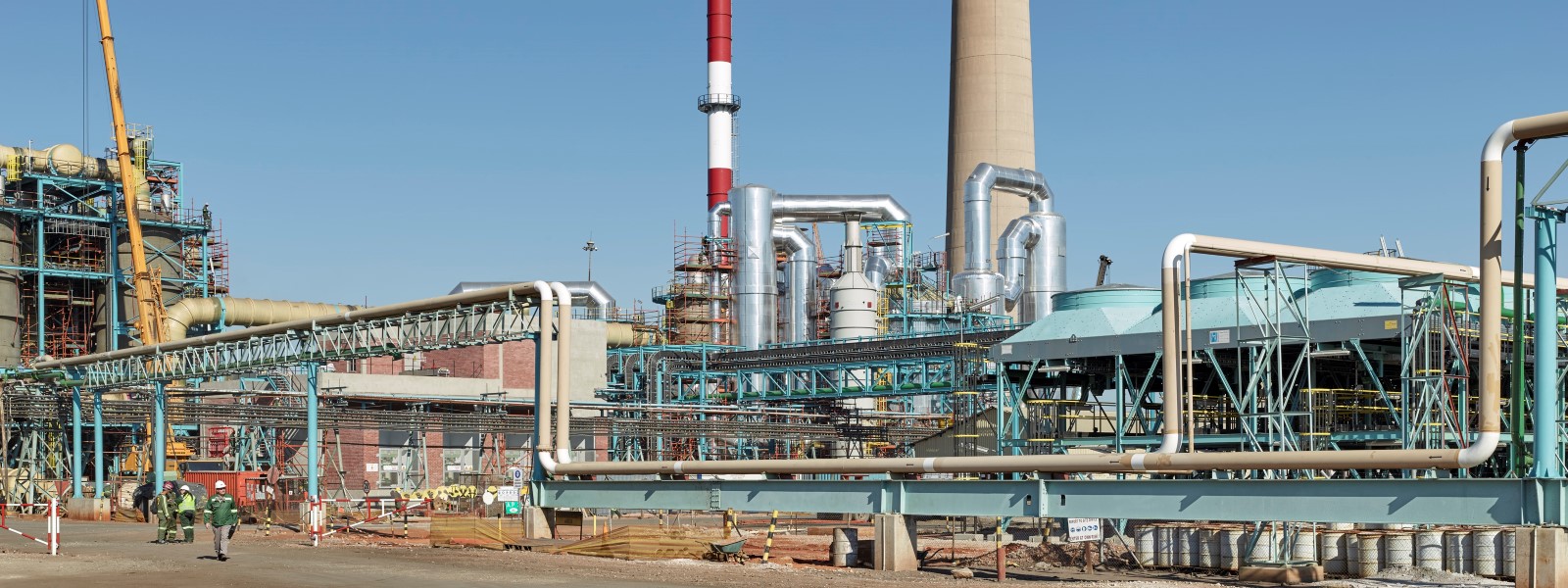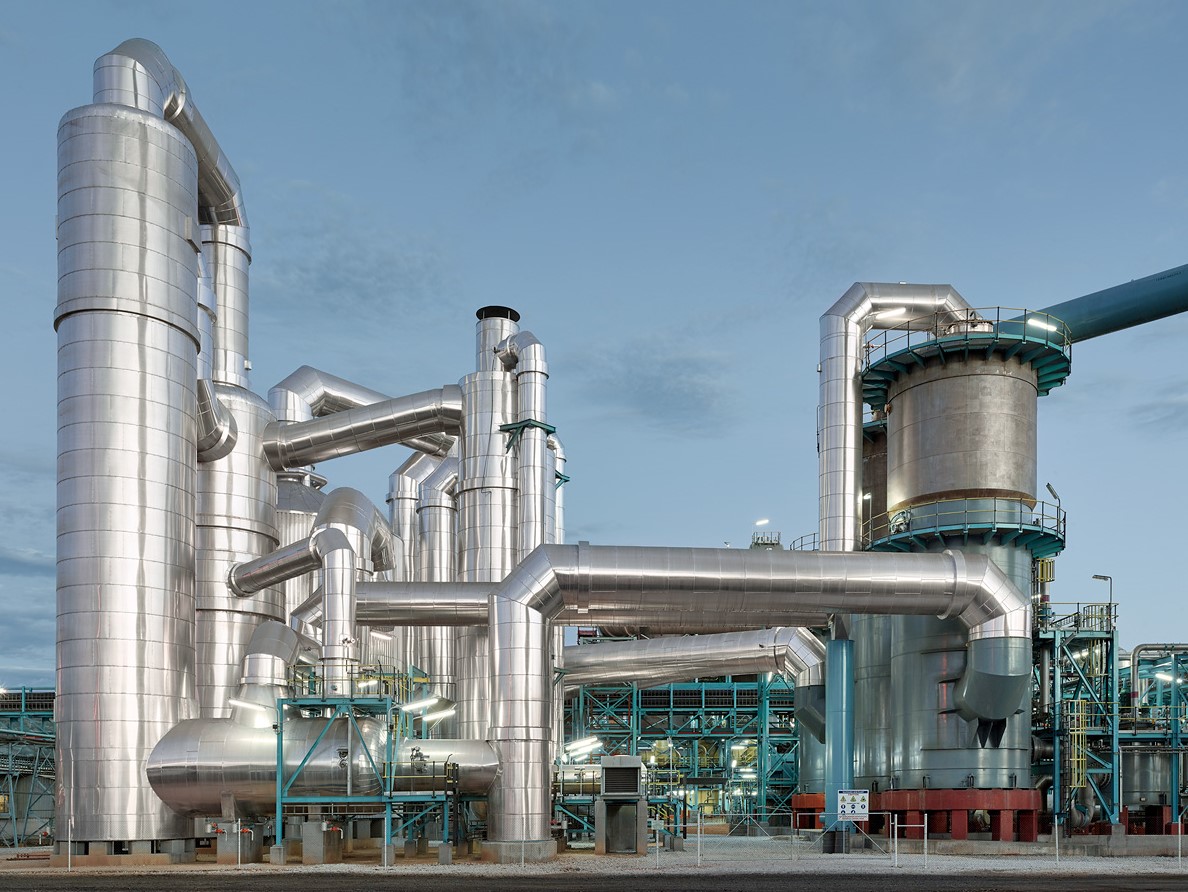History of the Tsumeb Smelter
Dundee Precious Metals Tsumeb is located in Tsumeb, Namibia approximately 430 km north of the capital, Windhoek. Tsumeb is the closest town to the Etosha National Park and has a population of 14,000 people.
The smelter was constructed in the early 1960’s to process concentrate from the Tsumeb copper mine and is one of only five commercial-scale smelters in Africa. It is linked by rail to the Atlantic port of Walvis Bay in Namibia. The facility consists of two primary smelting furnaces, the old reverberatory furnace as well as the refurbished Ausmelt furnace and employs close to 600 people, including contractors.
The smelter is one of only a few in the world which is able to treat arsenic and lead bearing copper concentrates and is therefore able to conclude long term favorable contracts to treat such concentrates. Both blister copper and arsenic trioxide (As2O3) are produced from the concentrates. The blister copper is delivered to refineries for final processing and the As2O3 is sold to third party customers.
Project background
Dundee entered into a contract with Outotec in 2012 for the design and delivery of PS Converters, a gas cleaning system, sulfuric acid plant and related technologies downstream of the existing copper smelter. This was later converted into a full EPC contract.
Outotec’s scope of delivery included the basic and detail engineering, procurement, supply erection and commissioning of PS Converters, a gas cleaning system and sulfuric acid plant, an effluent treatment plant as well as a sulfuric acid tank farm with a rail and truck loading station based on proprietary Outotec® technologies.
Outotec supplied the entire chain of Outotec technologies and services to complement the existing Ausmelt smelter, which is also part of our technology portfolio. With our integrated solutions, Dundee Precious Metals has a world-class process plant that is designed to reduce SO2 emissions by more than 95% and meets the World Bank’s environmental standards.
For the entire project more than 3.5 Mio construction hours were spent without fatalities or serious accidents.

